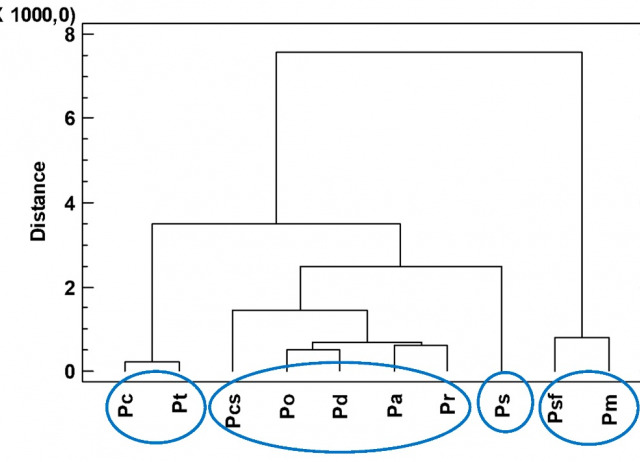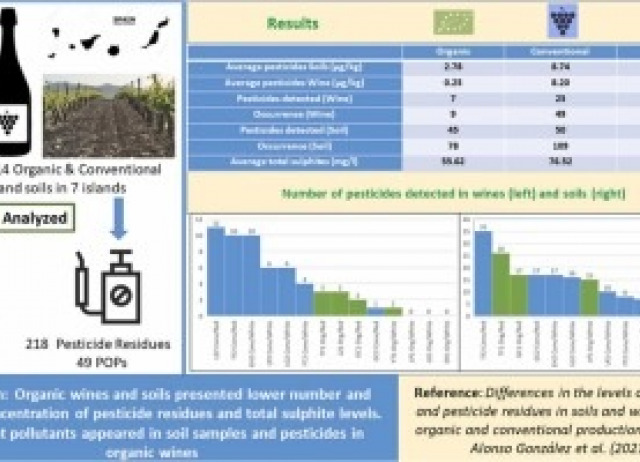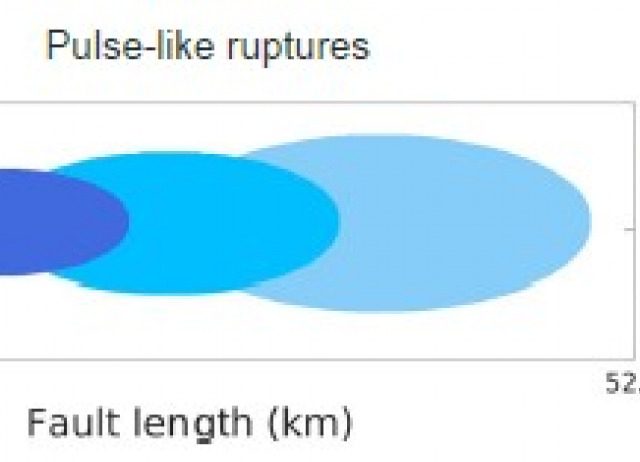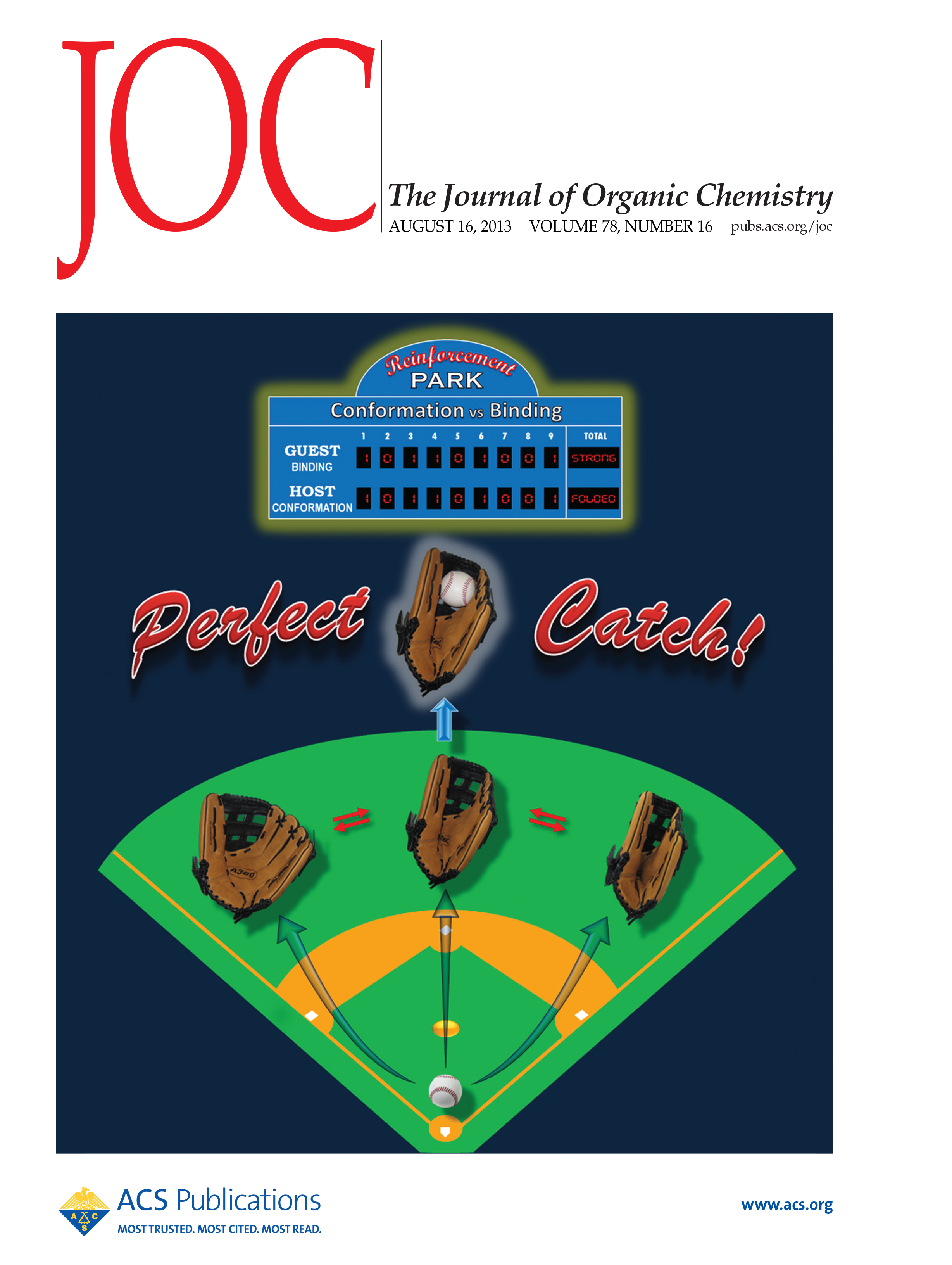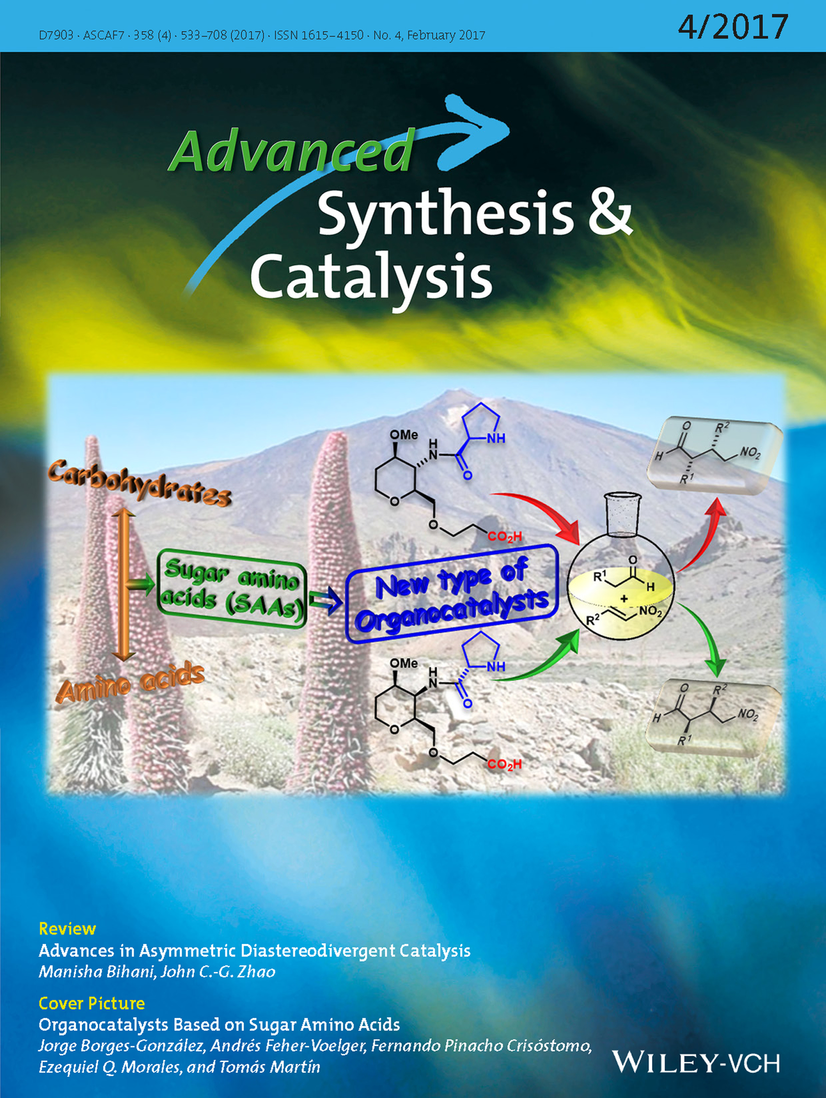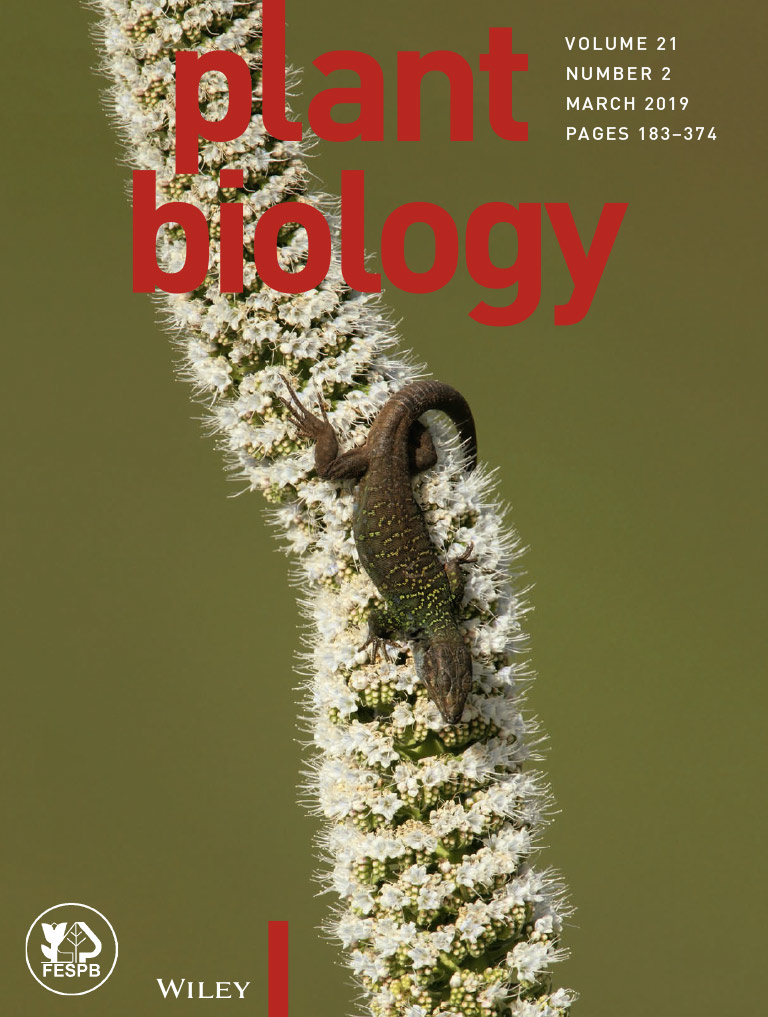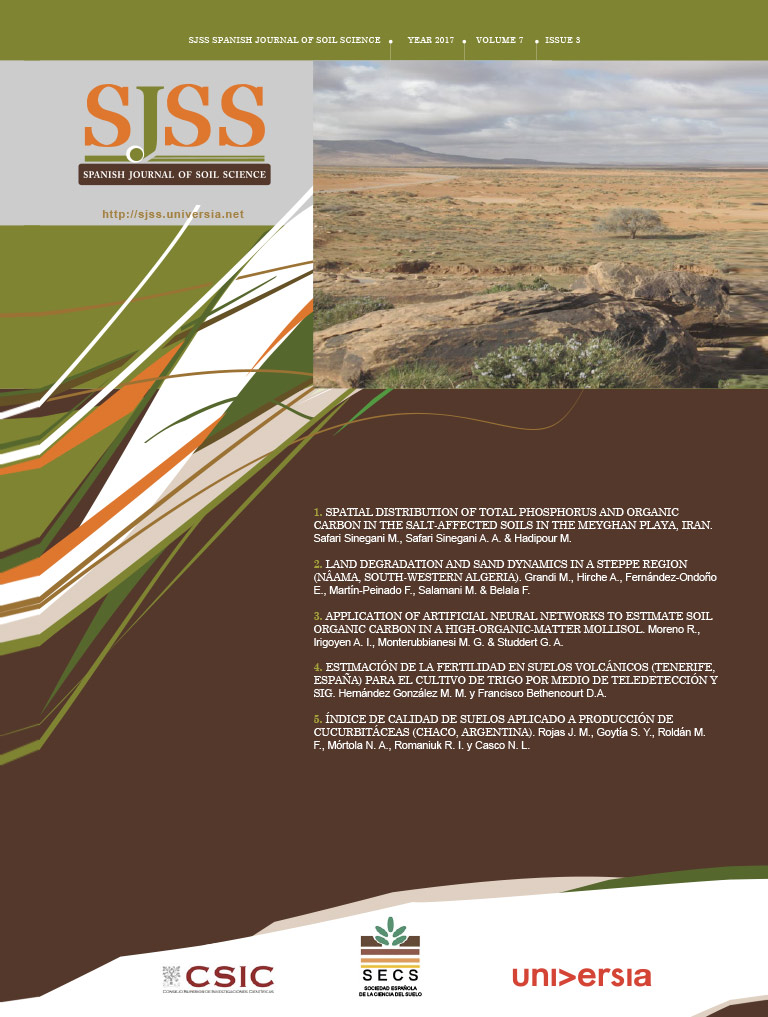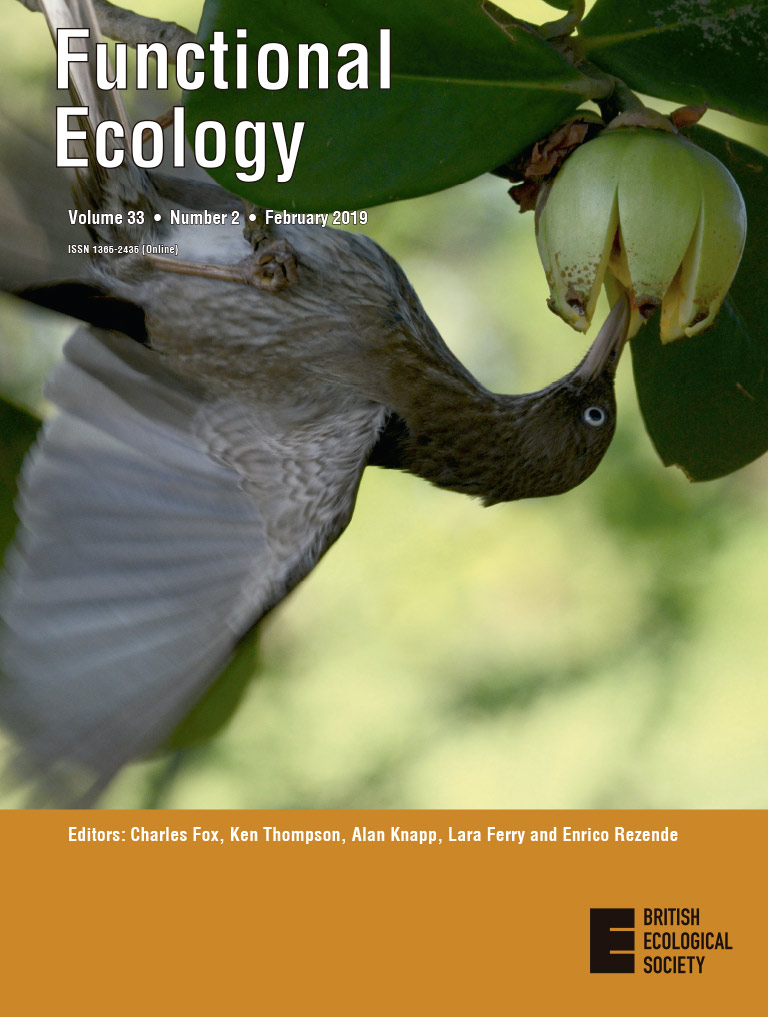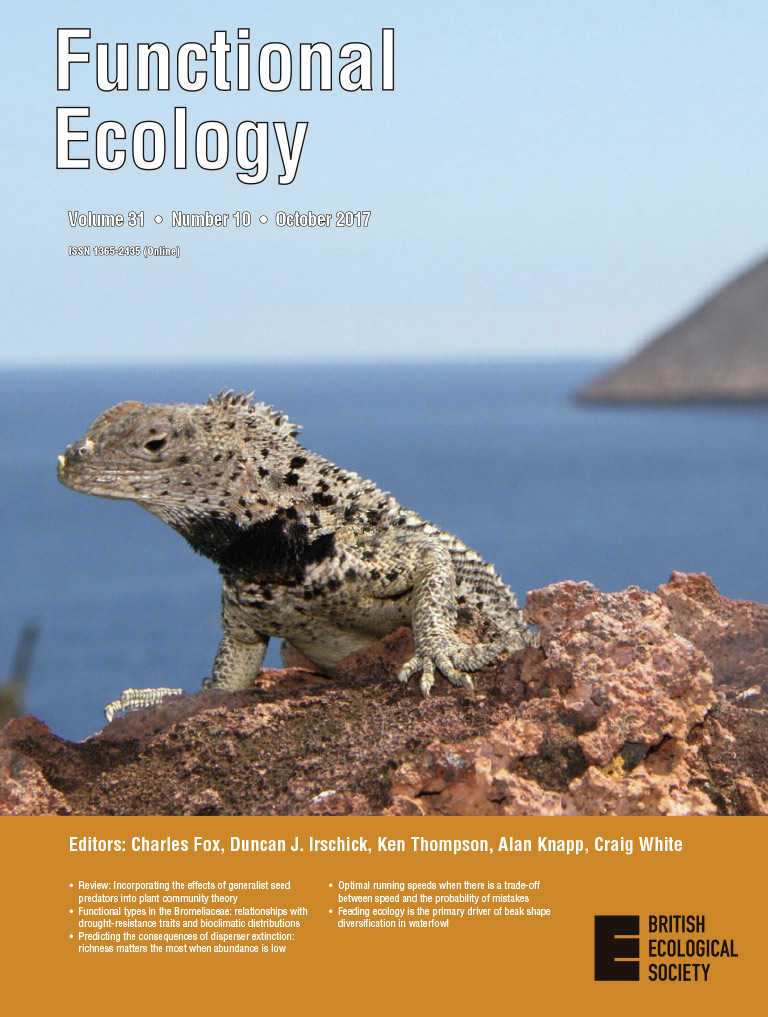Publications
This section includes a list of the latest IPNA scientific articles published in journals included in the Science Citation Index (SCI).
In DIGITAL.CSIC, institutional repository of the CSIC, you can find the complete list of scientific articles since 1962, as well as other collections of interest such as congresses, theses, books, informative material, etc. of the centre. The aim of DIGITAL.CSIC is to organize, preserve and disseminate in open access the results of our research.
In the institutional repository of the CSIC, you can find the complete list of scientific articles, as well as other collections of interest such as congresses, theses, books, informative material, etc.
Analysis of the IPNA 2014-2019 Scientific Production: bibliometric analysis from data collected in Scopus and Web of Science.

Antifungal and Herbicidal Potential of Piper Essential Oils from the Peruvian Amazonia
The chemical composition of essential oils (EOs) from ten Peruvian Piper species (Piper coruscans, Pc; P. tuberculatum, Pt; P. casapiense, Pcs; P. obliquum, Po; P. dumosum, Pd; P. anonifolium, Pa; P. reticulatum, Pr; P. soledadense, Ps; P. sancti-felicis, Psf and P. mituense, Pm) has been studied, along with their antifungal and phytotoxic activities. These EOs contained β-bisabolene/nerolidol (Pc), β-bisabolene/δ-cadinene/caryophyllene (Pt), caryophyllene oxide (Pcs), bicyclogermacrene/10-epi-Elemol (Po), bicyclogermacrene/germacrene-D/apiol (Pd), caryophyllene/germacrene-D (Pa), germacrene-D (Pr), limonene/apiol (Ps), apiol (Psf), and apiol/bicyclogermacrene (Pm) as major components, and some are described here for the first time (Ps, Pcs, Pm). A composition-based dendrogram of these Piper species showed four major groups (G1: Pc and Pt, G2: Pcs, Po, Pd, Pa, and Pr, G3: Ps, and G4: Psf and Pm). The spore germination effects (Aspergillus niger, Botrytis cinerea, and Alternaria alternate) and phytotoxicity (Lolium perenne and Lactuca sativa) of these EOs were studied. Most of these Piper essential oils showed important activity against phytopathogenic fungi (except G1), especially against B. cinerea. Similarly, most of the essential oils were phytotoxic against L. perenne (except G1), with P. sancti-felicis (G4), P. casapiense (G2), and P. reticulatum (G2) being the most effective. Caryophyllene oxide, β-caryophyllene, β-pinene, limonene, α-humulene, and apiol were evaluated against B. cinerea, with the most effective compounds being β-pinene, apiol, and limonene. This work demonstrates the species-dependent potential of essential oils from Peruvian Piper species as fungicidal and herbicidal agents.
Ruiz-Vásquez, Liliana; Ruiz Mesia, Lastenia; Caballero Ceferino, Henry Denny; Ruiz Mesia, Wilfredo; Andrés, Maria Fe; Díaz, Carmen E.; Gonzalez-Coloma, Azucena.
Host-Defense Peptides as New Generation Phytosanitaries: Low Toxicity and Low Induction of Antimicrobial Resistance
Host-defense peptides (HDP) are emerging as promising phytosanitaries due to their potency, low plant, animal and environmental toxicity, and above all, low induction of antimicrobial resistance. These natural compounds, which have been used by animals and plants over millions of years to defend themselves against pathogens, are being discovered by genome mining, and then produced using biofactories. Moreover, truncated or otherwise modified peptides, including ultra-short ones, have been developed to improve their bioactivities and biodistribution, and also to reduce production costs. The synergistic combination of HDP and other antimicrobials, and the development of hybrid molecules have also given promising results. Finally, although their low induction of antimicrobial resistance is a big advantage, cautionary measures for the sustainable use of HDPs, such as the use of precision agriculture tools, were discussed.
Lobo, Fernando; Boto, Alicia.
Rock Magnetism of Lapilli and Lava Flows from Cumbre Vieja Volcano, 2021 Eruption (La Palma, Canary Islands): Initial Reports
We present initial rock magnetic results for both lava flows and lapilli produced by the 2021 eruption of the Cumbre Vieja, La Palma (Canary Islands). Samples were taken during the eruption to minimize early alteration and weathering of the rocks and tephra. Standard procedures included progressive alternating field and thermal demagnetization, hysteresis curves, thermomagnetic experiments, progressive acquisition of isothermal remanent magnetization (IRM), and First-Order Reversal Curves (FORCs). Overall, our observations, including low to medium unblocking temperatures, isothermal remanent magnetization to 1 Tesla, and the abundance of wasp-waist hysteresis loops, strongly suggest the presence of Ti-rich titanomagnetites as the main remanence carriers in both lava flows and lapilli, in addition to some hematite as well. Whereas the former has been directly seen (SEM), hematite is elusive with nonmagnetic-based methods. Rock magnetic data, on a Day plot, also reveal that the magnetic grain size tends to be larger in the lava flows than in the lapilli.
Parés, Josep M.; Vernet, Eva; Calvo-Rathert, Manuel; Soler, Vicente; Bógalo, María Felicidad; Álvaro, Ana.
Nuevos datos de distribución de insectos (Diptera e Hymenoptera) en las Islas Canarias
Aportamos 25 primeras citas de distribución insular de insectos (19 correspondientes a dípteros y 6 a himenópteros) de las islas de Lanzarote, Fuerteventura, La Gomera, La Palma y El Hierro (Islas Canarias, España). Destacan primeros registros de especies endémicas hasta este momento monoinsulares como Nemotelus insularis y registros de especies exóticas como Copestylum melleum. Estos resultados ponen de manifiesto la importancia de la realización de estudios faunísticos y corológicos en las islas, ya que aportan información vital para mejorar el conocimiento de la fauna, tanto exótica como nativa, lo que ayuda a desarrollar medidas de gestión y conservación más eficaces.
Lugo, David; Suárez, Daniel; Pérez-Delgado, Antonio José; García, Javier; Hernández-Teixidor, David.
Nuevos datos de distribución de insectos para Canarias (Blattodea, Coleoptera y Hemiptera)
Lugo, David; Suárez. Daniel; Pérez-Delgado, Antonio José; García, Javier; Hernández-Teixidor, David.
Differences in the levels of sulphites and pesticide residues in soils and wines and under organic and conventional production methods
The surface and output of organic agriculture is growing steadily in recent years, being generally seen as a healthier, safer and more sustainable alternative to conventional agriculture. Comparisons between organic and conventional products are nonetheless scarce in the literature, especially in the case of wine. The aim of this study was to compare sulphite content and pesticide residues in both soils and wines under organic and conventional production. Fourteen samples of organic and conventional wines and vineyard soils were collected in pairs for each of the seven wine-producing islands of the Canary Islands. A QuEChERS-based method was employed to detect 218 pesticides and 49 POPs. Sulphites were measured by potentiometric titration with a double electrode. On average, higher levels of sulphites were found in conventional wines. Similarly, conventional wines presented higher numbers and concentrations of pesticide residues both in soils and wines than their organic counterparts. The overall pesticide concentrations in our sample was 4.2 µg/kg. Conventional wines presented a considerably higher average concentration than organic wines (8.2 against 0.25 µg/kg). In turn, concentrations in conventional soils averaged 8.7 against 2.8 µg/kg in organic soils, a 68.19 % lower residue concentration. The analytes most commonly found were PCB 28, p,p′-DDE, tebuconazole and the metabolite 4,4′-dichlorobenzophenone in soils and mefenoxam, tebuconazole, fluopyram and boscalid in wines. No single wine exceeded the 10 % of the MRLs established by the European Union for wine grapes. However, the presence of low levels of pesticides in organic wines should be monitored.
Alonso-González, Pablo; Parga-Dans, Eva ; Acosta Dacal, Andrea Carolina; Zumbado Peña, Manuel; Pérez Luzardo, Octavio.
The 2021 eruption of the Cumbre Vieja volcanic ridge on La Palma, Canary Islands
Almost exactly half a century after the eruption of the Teneguía Volcano on La Palma (26 October to 28 November 1971), a new eruption occurred on the island and lasted for 85 days from 19 September until 13 December 2021. This new eruption opened a volcanic vent complex on the western flank of the Cumbre Vieja rift zone, the N-S elongated polygenetic volcanic ridge that has developed on La Palma over the last c. 125 ka. The Cumbre Vieja ridge is the volcanically active region of the island and the most active one of the Canary Islands, hosting half of all the historically recorded eruptive events in the archipelago. The 2021 La Palma eruption has seen no direct loss of human life, thanks to efficient early detection and sensible management of the volcanic crisis by the authorities, but more than 2800 buildings and almost 1000 hectares of plantations and farmland were affected by lava flows and pyroclastic deposits. Satellite surveillance enabled accurate mapping of the progressive buildup of the extensive and complex basaltic lava field, which together with monitoring of gas emissions informed the timely evacuation of local populations from affected areas. Lava flows that reached the sea constructed an extensive system of lava deltas and platforms, similar to events during earlier historical eruptions such as in 1712, 1949 and 1971. Long-term challenges in the aftermath of the eruption include protection of drainage systems from potential redistribution of tephra during high rainfall events, the use of the large surplus quantities of ash in reconstruction of buildings and in agriculture, and the crucial concerns of where and how rebuilding should and could occur in the aftermath of the eruption. Finally, there remain strong financial concerns over insurance for properties consumed or damaged by the eruption in the light of future volcanic hazards from the Cumbre Vieja volcanic ridge.
Carracedo, Juan C.; Troll, Valentin R.; Day, James M. D.; Geiger, Harri; Aulinas, Meritxell; Soler, Vicente; Deegan, Frances M.; Perez-Torrado, Francisco J.; Gisbert, Guillem; Gazel, Esteban; Rodríguez-González, Alejandro; Albert, Helena.
Aseismic Fault Slip During a Shallow Normal-Faulting Seismic Swarm Constrained Using a Physically Informed Geodetic Inversion Method
Improved imaging of the spatio-temporal growth of fault slip is crucial for understanding the driving mechanisms of earthquakes and faulting. This is especially critical to properly evaluate the evolution of seismic swarms and earthquake precursory phenomena. Fault slip inversion is an ill-posed problem and hence regularization is required to obtain stable and interpretable solutions. An analysis of compiled finite fault slip models shows that slip distributions can be approximated with a generic elliptical shape, particularly well for M ≤ 7.5 events. Therefore, we introduce a new physically informed regularization to constrain the spatial pattern of slip distribution. Our approach adapts a crack model derived from mechanical laboratory experiments and allows for complex slipping patterns by stacking multiple cracks. The new inversion method successfully recovered different simulated time-dependent patterns of slip propagation, that is, crack-like and pulse-like ruptures, directly using wrapped satellite radar interferometry (InSAR) phase observations. We find that the new method reduces model parameter space, and favors simpler interpretable spatio-temporal fault slip distributions. We apply the proposed method to the 2011 March–September normal-faulting seismic swarm at Hawthorne (Nevada, USA), by computing ENVISAT and RADARSAT-2 interferograms to estimate the spatio-temporal evolution of fault slip distribution. The results show that (a) aseismic slip might play a significant role during the initial stage and (b) this shallow seismic swarm had slip rates consistent with those of slow earthquake processes. The proposed method will be useful in retrieving time-dependent fault slip evolution and is expected to be widely applicable to studying fault mechanics, particularly in slow earthquakes.
Jiang, Yu; Samsonov, Sergey V.; González, Pablo J.
Proposal for structural revision of several disubstituted tricycloalternarenes
Mono- and di-substituted tricycloalternarenes form a group of meroterpenes isolated from epiphytic fungi. In this work, we have made thirteen proposals to correct erroneous structures of disubstituted tricycloalternarenes, also known as guignardones. Thus, in this group of compounds, structures of guignardones K, L3, M, W, tricycloalternarene B2, 15-hydroxy-tricycloalternarene 5 b, guignardiaene D, magnardones F–H and coibanols A-C, have been revised. Moreover, we have also explained why there are only two types of disubstituted tricycloalternarenes in nature, one with a –CH2-O- β-bridge between C-6 and C-4 (6R,4S-configuration), and the other with a –CH2-O- α-bridge between C-4 and C-6 (4R,6S-configuration). Finally, the relative and absolute configurations of phyllostictone A and the absolute structure of phyllostictone D have been established by comparison with those of magnardones I and D, respectively.
Fraga, Braulio M. Díaz, Carmen E.
Chain-Shattering Polymers as Degradable Microdispersive Solid-Phase Extraction Sorbents
A chain-shattering polymer (CSP) has been proposed as a microdispersive solid-phase extraction (μdSPE) sorbent in a proof-of-concept study of degradable materials for analytical purposes. The responsive CSP was synthesized from 1,3,5-tris(bromomethyl)-2-nitrobenzene acting as the self-immolative trigger responsive unit and 2,6-naphthalenedicarboxylic acid as aromatic linker to enhance noncovalent aromatic interactions with the analytes. The CSP was characterized and applied as a μdSPE sorbent of a group of plasticizers, which were selected as model analytes, from different types of environmental water samples (tap, waste, and spring waters). Gas chromatography coupled to mass spectrometry detection was used for analyte determination. Mean recovery values were in the range of 80%–118% with RSD values below 22%. After the extraction, the polymer could be efficiently degraded by UV irradiation or by chemical reduction, recovering the aromatic linker. This work has proved the potential of CSPs as recyclable sorbents, paving the way to more environmentally benign analytical procedures.
Ortega-Zamora, Cecilia; González-Sálamo, Javier; Perretti, Marcelle D.; Santana, David; Carrillo Fumero, Romen; Hernández-Borges, Javier.
